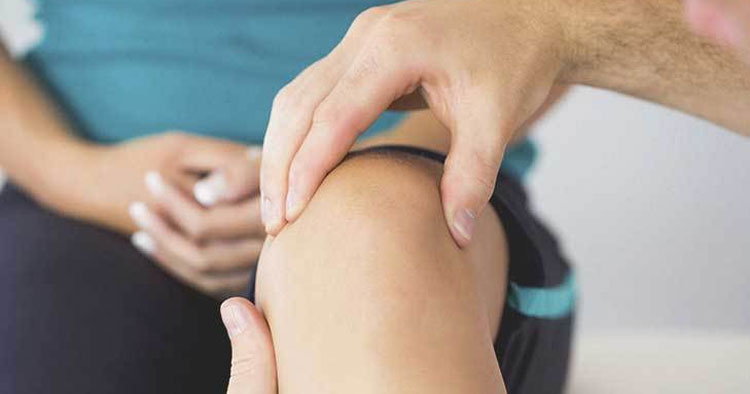Muscle Pain and Tendinopathy, Sports Injuries and Management
Pes Anserine Bursitis Of The Knee
What Is Pes Anserine Bursitis
Pes anserine bursitis also referred to as pes anserinus bursitis is an inflammatory condition of a bursa on the medial aspect of the knee. The pes anserine bursa is situated two inches below the joint line on the inside of the knee, situated between the pes anserinus tendons and superficial to the medial collateral ligament (MCL) of the knee. The pes anserinus tendons consist of gracilis, sartorius and semitendinosus tendons which form a conjoined tendon on the inside of the knee. Sartorius and gracilis are adductors muscles of the leg, where as semitendinosus is part of the hamstrings, together, these muscles are primarily flexors and internal rotators of the knee.
What Are Bursae
Bursae are fluid filled sacs that secrete synovial fluid. They are structures designed to help opposing tissues glide across one another, for example tendons sliding across bone or other soft tissues. Specifically the pes anserine bursa is charged with the function of reducing friction between the pes anserine tendons and the bone. Pes anserinus tendinopathy refers to irritation of the conjoined tendon of the gracilis, sartorius and semitendinosus tendons. Where as pes anserine bursitis is referring to inflammation of the underlying bursa, due to their close anatomical relationship these bursae and tendinopathy conditions frequently occur simultaneously rather than in complete isolation.
What Are The Causes Of Knee Bursitis
Pes Anserine bursa inflammation typically does not appear suddenly, rather progressing over a period of time. Usually developing as a result of overload, the constant stress to the area and therefore “friction” on the bursa. However a traumatic and rapid onset of pes anserine bursitis due to a direct impact in the Pes Anserine region may occur in contact sports, or motor vehicle accidents creating a trauma to the bursa creating an acute bursitis.
Typically there are a variety of factors placing an individual at higher risk of developing this form of knee bursitis, including:
- Runners and athletes involved in sports that demand a lot of changing of direction this consistent rotation at the knee can load the conjoined tendon in its role in controling excessive external rotation of the lower leg on the foot.
- Underlying knee pathology such as osteoarthritis of the knee, or other internal knee pathology including meniscal injury can both increase the risk of someone developing knee bursitis.
Several other factors may also play a role in the development of pes anserine bursitis or pes anserinus tendinopathy. Examples of such include:
- Training errors and load management issues,
- Muscle imbalances,
- Obesity,
- The use of inappropriate footwear for the athletes chosen sport or activity…
Disclaimer: Sydney Physio Clinic provides this information as an educational service and is not intended to serve as medical advice. Anyone seeking specific advice or assistance on Pes Anserine Bursitis Of The Knee should consult his or her physiotherapist, podiatrist or general practitioner.



